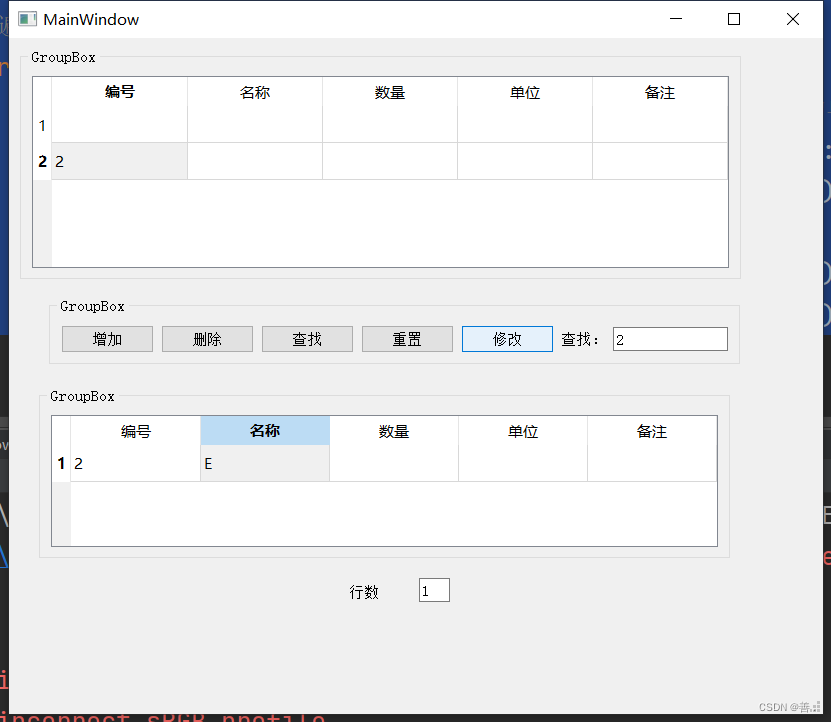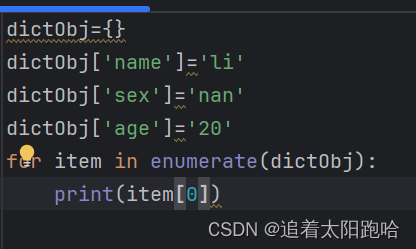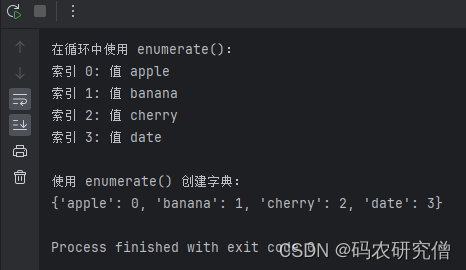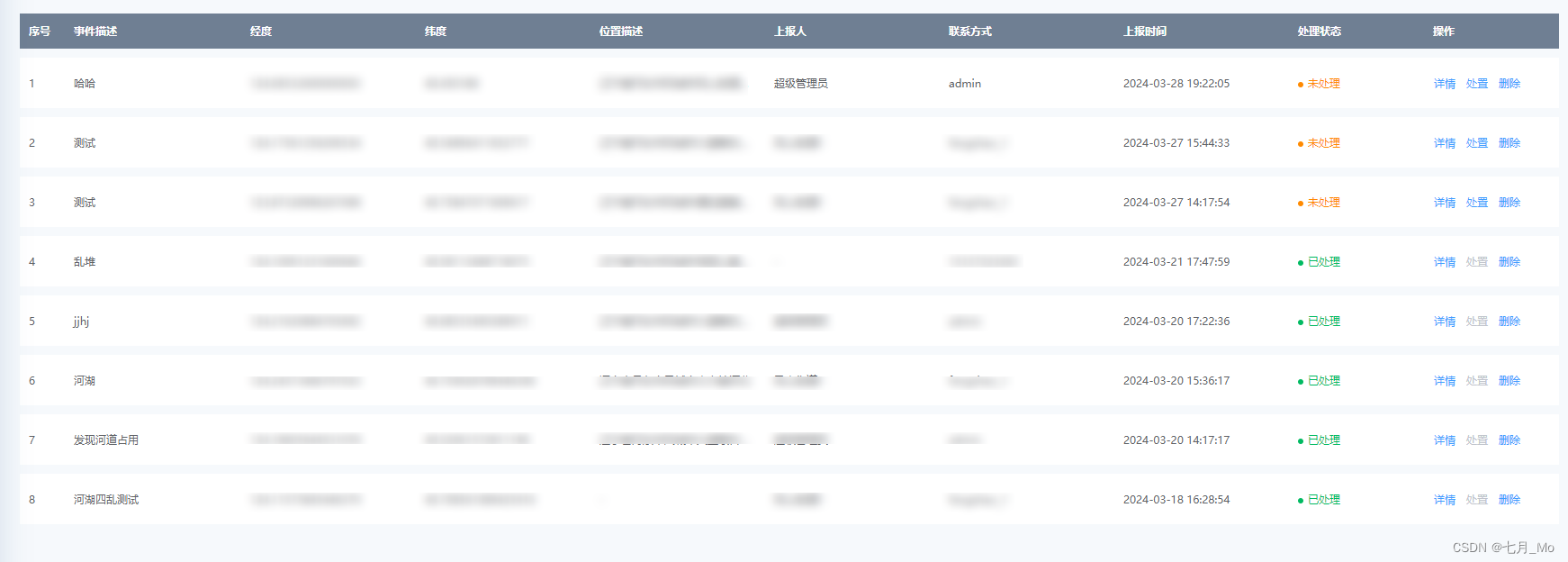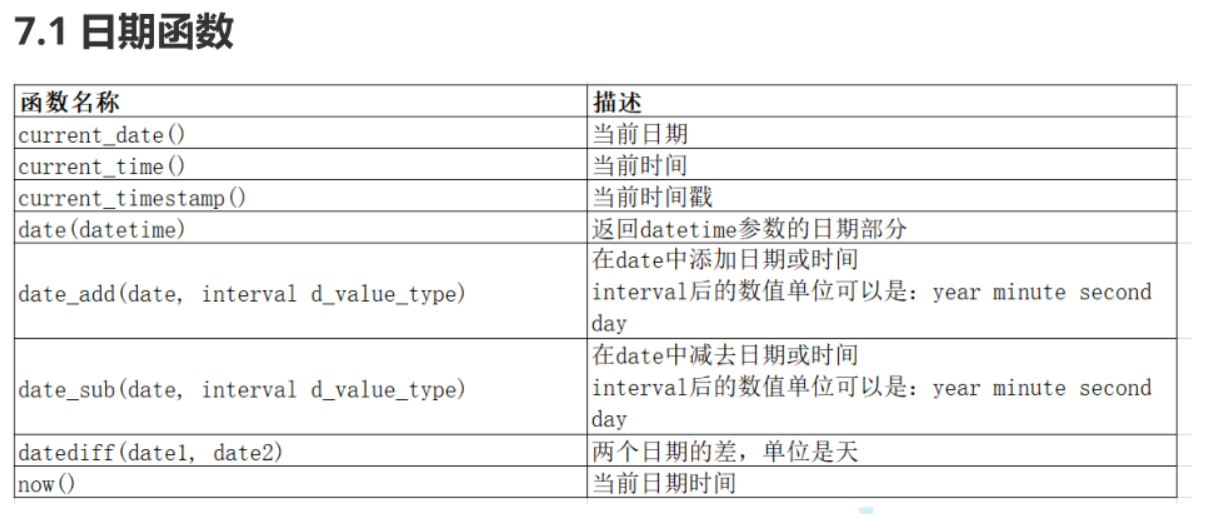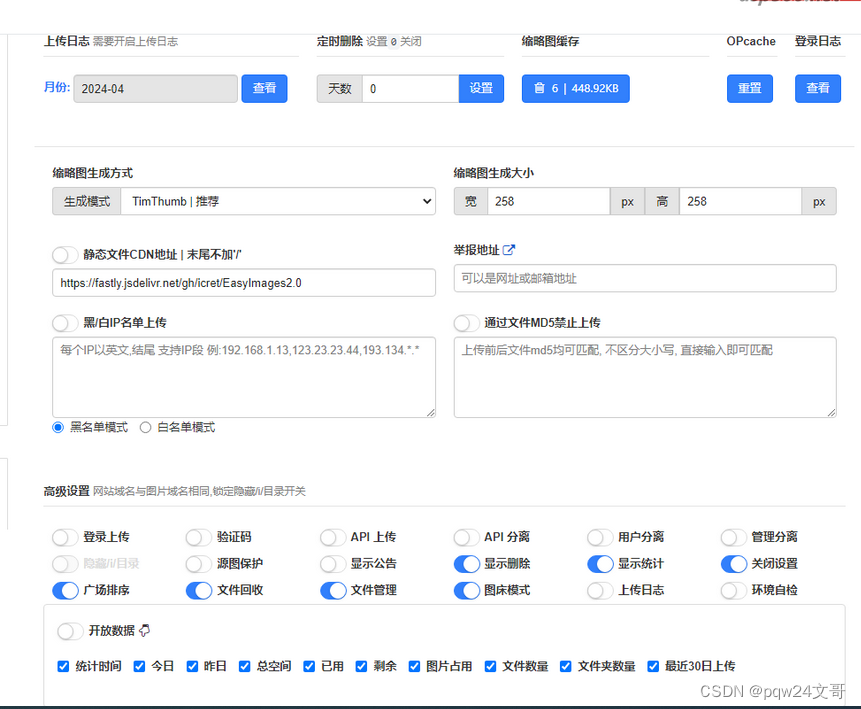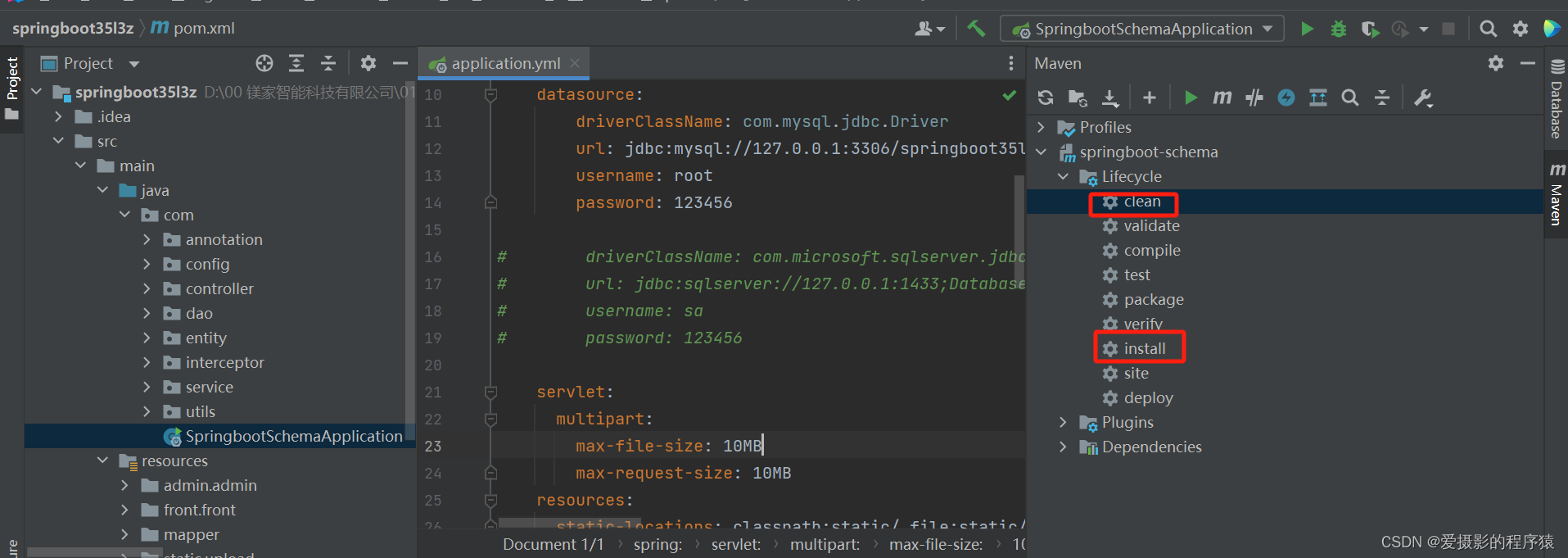enumerate() 函数是一个内置函数,用于在迭代过程中同时获取元素的索引和值。它返回一个枚举对象,包含了索引和对应的元素。
1. enumerate() 函数的语法
如下:
enumerate(iterable, start=0)参数说明:
iterable:必需,一个可迭代对象,如列表、元组、字符串等。
start:可选,指定索引的起始值,默认为 0。
2. enumerate() 函数的用法
2.1 基本用法
fruits = ['apple', 'banana', 'orange']
for index, fruit in enumerate(fruits):
print(index, fruit)输出结果:
0 apple
1 banana
2 orange2.2 指定起始索引
fruits = ['apple', 'banana', 'orange']
for index, fruit in enumerate(fruits, start=1):
print(index, fruit)输出结果:
1 apple
2 banana
3 orange2.3 结合解包(unpacking)
for index, _ in enumerate(fruits):
print(index)输出结果:
0
1
2在上述情况下,可以使用下划线 _ 来表示不需要的值,以减少内存消耗。
2.4 枚举对象转换为列表或元组
enum_list = list(enumerate(fruits))
enum_tuple = tuple(enumerate(fruits))
print(enum_list)
print(enum_tuple)输出结果:
[(0, 'apple'), (1, 'banana'), (2, 'orange')]
((0, 'apple'), (1, 'banana'), (2, 'orange'))可以使用 list() 或 tuple() 函数将枚举对象转换为列表或元组。
上述是 enumerate() 函数的一些常见用法。
当使用enumerate()函数时,还可以结合其他常用的Python函数和技巧来实现更多功能。
2.5 获取特定条件的元素索引
fruits = ['apple', 'banana', 'orange']
# 查找元素为'banana'的索引
index = next((index for index, fruit in enumerate(fruits) if fruit == 'banana'), None)
print(index)输出结果: 1
在上述示例中,使用了生成器表达式和next()函数来查找列表中特定元素('banana')的索引。
2.6 反向遍历列表并获取索引
for index, fruit in enumerate(reversed(fruits)):
print(index, fruit)输出:
0 orange
1 banana
2 apple通过使用reversed()函数,可以反向遍历列表并获取相应的索引和值。
2.7 枚举多个可迭代对象
fruits = ['apple', 'banana', 'orange']
prices = [1.0, 0.5, 0.8]
for index, (fruit, price) in enumerate(zip(fruits, prices)):
print(index, fruit, price)输出结果:
0 apple 1.0
1 banana 0.5
2 orange 0.8在上述示例中,使用了zip()函数将多个可迭代对象(fruits和prices)进行组合,并使用enumerate()获取索引和对应的值。
2.8 枚举字典的键值对
fruits = {'apple': 1.0, 'banana': 0.5, 'orange': 0.8}
for index, (fruit, price) in enumerate(fruits.items()):
print(index, fruit, price)
输出结果:
0 apple 1.0
1 banana 0.5
2 orange 0.8通过使用items()方法,可以将字典的键值对转换为可迭代对象,并使用enumerate()获取索引和对应的键值对。
上述是一些扩展的enumerate()函数用法示例,可以根据具体需求进行灵活运用。enumerate()函数在处理需要索引的迭代过程中非常有用,可以简化代码并提高可读性。


